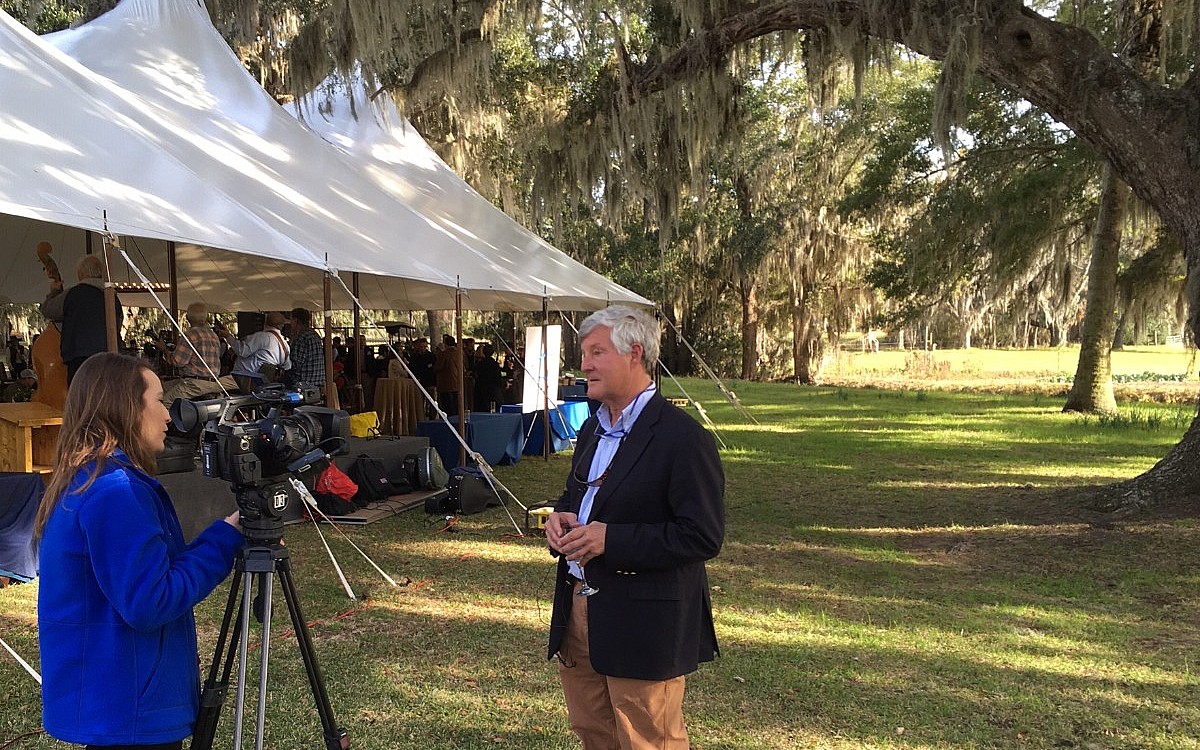
Conservationist Charles Lane discusses 30 years of work to protect 300,000 acres of majestic Lowcountry lands and marshes. Photos by ‘Andy Brack.
By Andy Brack, editor and publisher | More than 400 people Sunday celebrated the protection of 300,000 acres of majestic Lowcountry landscapes over the last 30 years on a balmy Sunday straight out of central casting.
The 30th anniversary of protecting the ACE Basin, the confluence of the Ashepoo, Combahee and Edisto rivers stretching from southern Charleston County through Beaufort County, attracted private landowners and the federal government as well as conservation organizations ranging from Ducks Unlimited to the Nature Conservancy.
“More ducks, fewer people” was the translation of a Latin phrase on commemorative glasses given to guests at the ceremony west of Adams Run on Yonge’s Island at historic Willtown Bluff Plantation, first settled in 1714. Now owned by the Lane family of Charleston and Savannah, it is an epicenter for collaborative conservation effort championed for three decades to safeguard the land and marshes of the Lowcountry. Thes areas often are considered the last wild places along the Eastern seaboard.
Charles Lane, chair of the ACE Basin Task Force, said protecting these special places through collaborative efforts was done for the common good and for future generations. In a press release, he added 83 percent of the basin’s protected land was through private efforts, most of which were conservation easements. “Over 275 easements have been signed and recorded in the basin since 1989,” he said. “This is a remarkable achievement, but I would also note that without the efforts of the state and federal governments to promote public land, the ACE Basin would never have achieved the community support it now has.”
The U.S. Department of Interior’s Aurelia Skipwith, who is President Trump’s nominee to lead the U.S. Fish and Wildlife Service, shared she thought the “ACE” of ACE Basin stood for more than the initials of the three rivers. She suggested the letters also represents the “Action, Collaboration and Excellence” that allowed thousands of South Carolina’s acres to be saved from big development and “returned to an anglers’ and hunters’ paradise.”
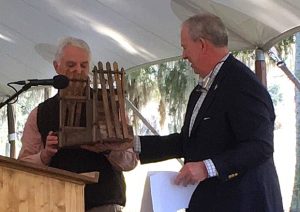
State Sen. Chip Campsen, left, receives a conservation award from emcee Mike McShane, chair of the S.C. Conservation Bank.
Protecting the land has done more than keep beautiful landscapes intact. It has helped native species to thrive. The area’s historic rice fields support a significant population of a secretive marsh bird, the black rail, that has been declining. Red cockaded woodpeckers, which disappeared from the basin, have been re-introduced successfully. And whooping cranes, gopher frogs, diamondback rattlesnakes, mottled ducks and a host of other species find support in the basin’s lands and waterways, the release said.
During the Sunday ceremony, Dominion Energy announced a $250,000 commitment to continue conservation efforts.
The Ace Basin Task Force, formalized in 1989, includes the U.S. Fish and Wildlife Service, S.C. Department of Natural Resources, Lowcountry Land Trust, Beaufort County Open Land Trust, Edisto Island Open Land Trust, Audubon South Carolina, Ducks Unlimited, The Nature Conservancy, East Edisto Conservancy, Open Space Institute, Nemours Wildlife Foundation and private landowners. More info.
- Have a comment? Send to: editor@charlestoncurrents.com


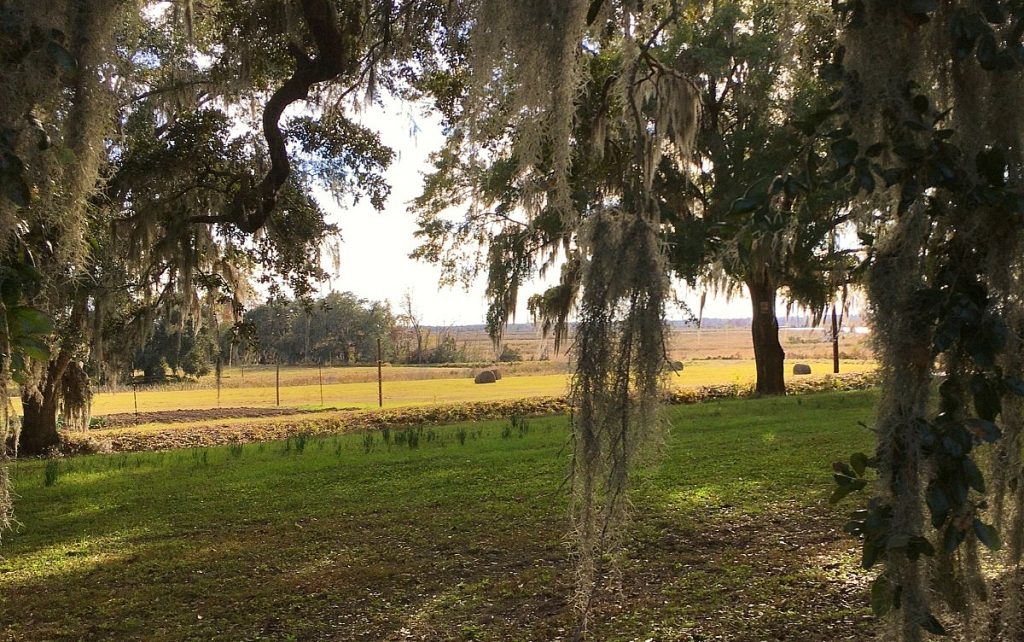


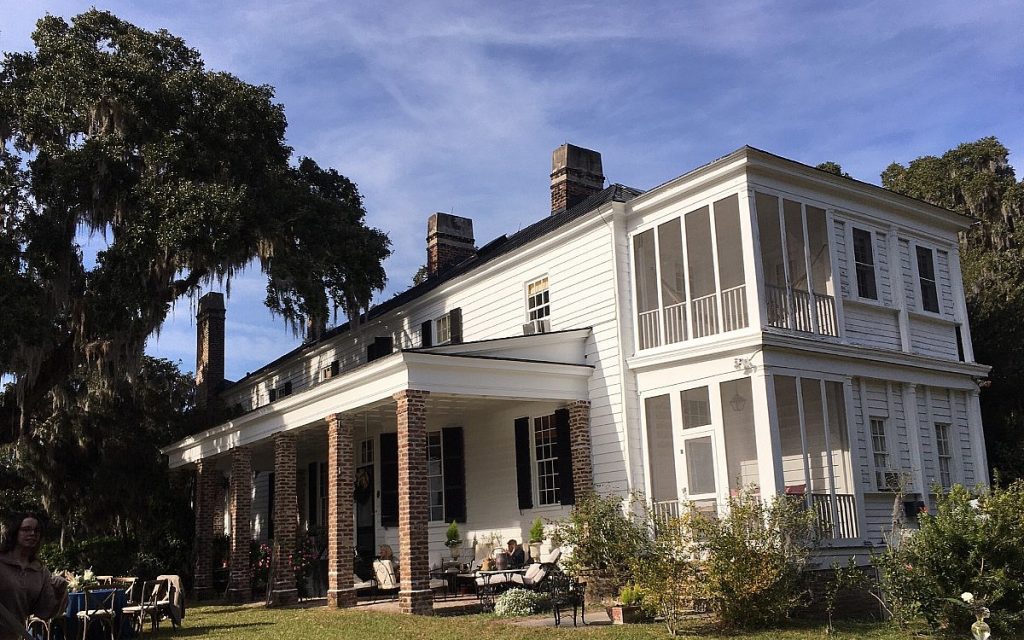
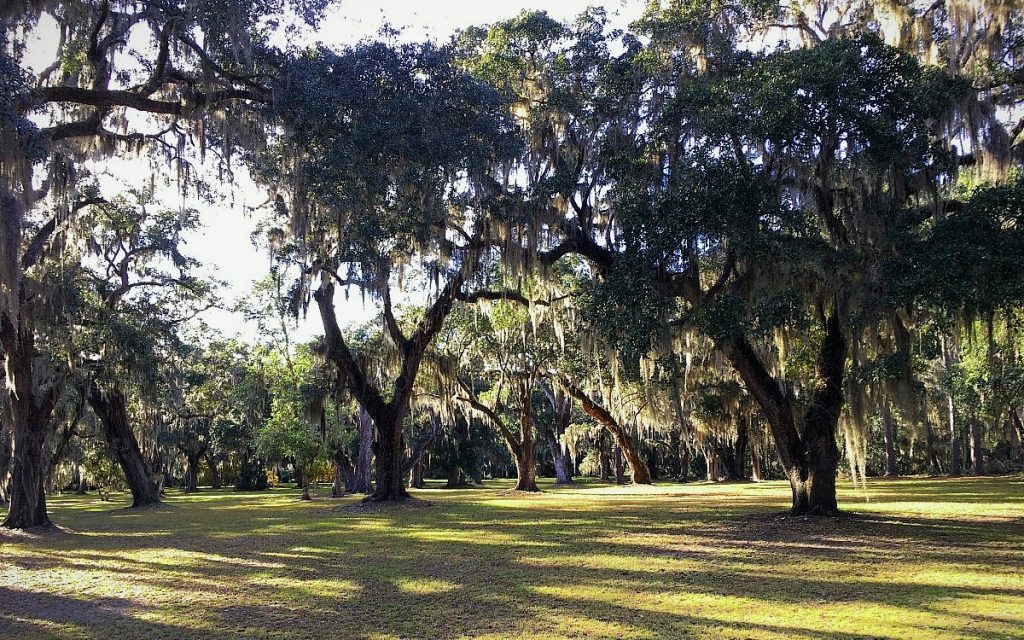

 We Can Do Better, South Carolina!
We Can Do Better, South Carolina!

























One Comment